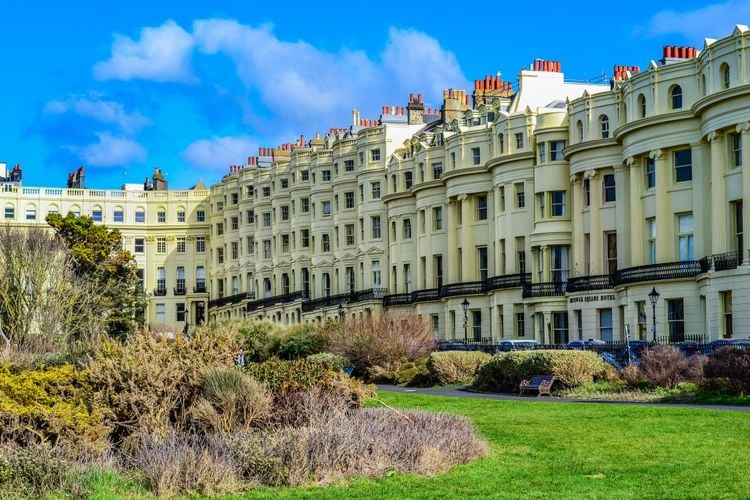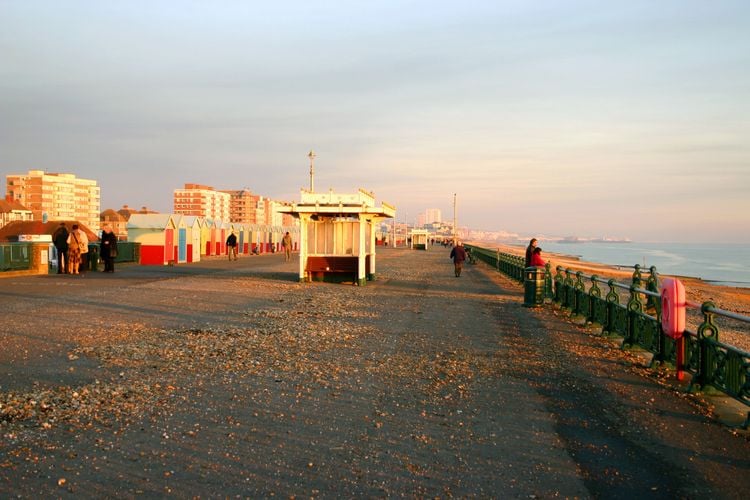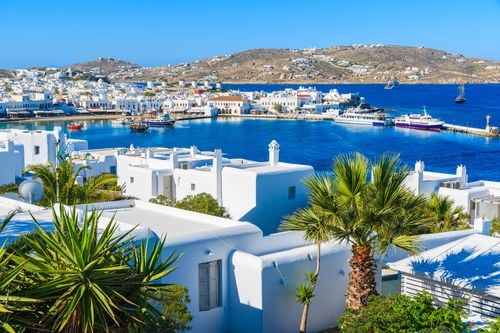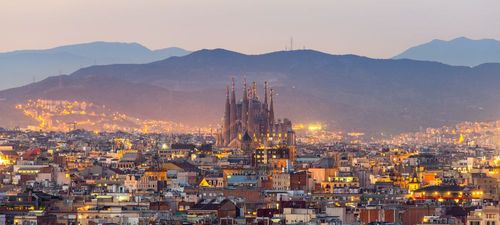Hove was originally a small settlement, evidence of which traces back to the 12th century when St Andrews Church was built. It developed into a very small and rather unremarkable fishing village surrounded by farmland but remained rather deserted until the late 18th century when Regency and Victorian development of the area began. As a more low-key alternative to the increasingly busy Brighton, smugglers found Hove to be an ideal place to conduct illicit activities; the Ship Inn became a favourite meeting spot amongst smugglers but the place was quickly put under army surveillance in 1794 and a coastguard station was established next to the Inn in 1831 to help fight criminal activity. In the Regency era, wide boulevards and grand mansions were built here by holidaying urbanites to give the town the signature style it is still known for today. These contrast nicely with Brighton's narrower, more labyrinthine streets and its more modest buildings. In 1997, Hove merged with Brighton as part of a local government reform to form the borough of Brighton & Hove, which was granted city status in 2000.
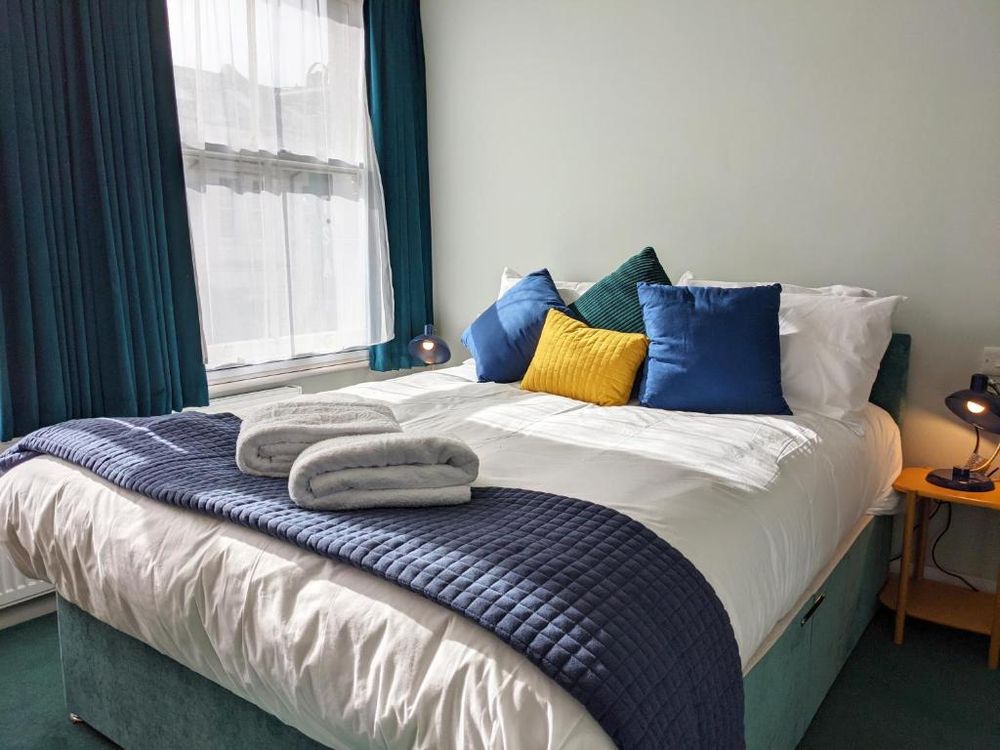 Brighton
Brighton

